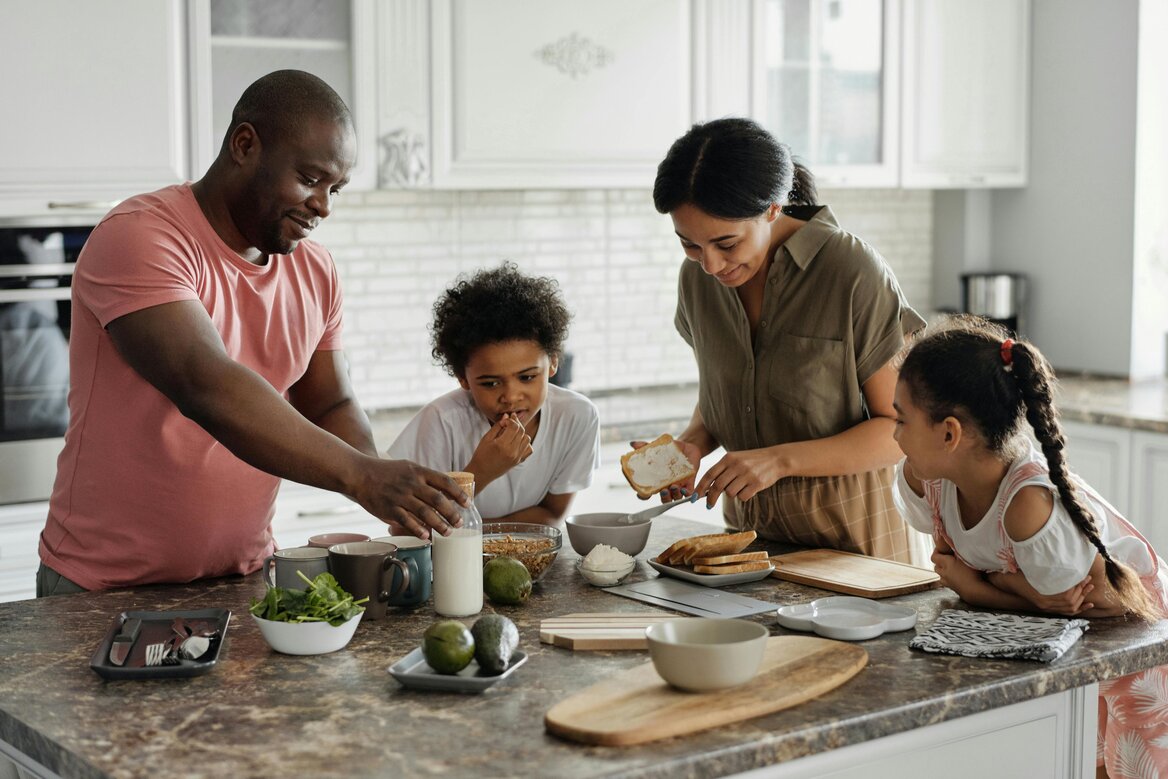- Shop
- Learn
Posted By: Truly Free Home
|
Posted On: 9/3/2024
A microbiome may seem like a complicated concept, but it’s quite simple. The term refers to a collection of microorganisms, bacteria, fungi, and viruses that exist in any particular environment. Our bodies have a distinct microbiome, and so do our homes.
Indoors, a microbiome’s makeup is influenced by a variety of factors, including climate, ventilation, humidity, whether you have pets, how often you clean, and what products you clean with. The number of microorganisms in your home is in the thousands.
One study analyzed swabs taken from 40 homes in the Raleigh-Durham, NC area and found each swab contained more than 2,000 types of microbial bacteria. Various rooms also featured distinct ecological communities. For example, bacteria that grow on produce were dominant in the kitchen, while microorganisms in the bedroom and bathroom were primarily those found on skin.
Of course, not all bacteria are dangerous. It’s believed that many of the microorganisms in our homes work in tandem with our body’s microbiome to help protect us from pathogens and keep us from getting sick.
The more we come into contact with potential pathogens, the better equipped our immune systems are when it’s time to fight off disease and allergens in the future. In short, the more diverse bacteria in our environment and our bodies, the better.
Childhood exposure to dogs, for instance, reduces the risk of asthma by 13%. The reason? Children who live in households with a dog come into contact with microbial materials such as endotoxins, which could modulate the immune system and respiratory tissue. Another study found that children who grow up on farms, and are exposed to more bacteria, are 50% less likely to develop allergies and autoimmune conditions.
In other words, a little dust and dander may do us good.

Ever walked into a home and been hit with the overpowering smell of bleach or pine cleaner? Sure, it may indicate that the homeowner is in the running for the cleanest house award, but they also likely got rid of tons of beneficial microbes that contribute to a healthy immune system.
Here’s why that’s a problem. Many disinfecting sprays and toilet bowl cleaners contain corrosive ingredients like sodium hypochlorite (bleach) and quaternary ammonium compounds, or QUATS, that are broad-spectrum, meaning they kill any and all microbes. In addition to ridding surfaces of nasty bacteria, they wipe out the good guys, too, which reduces the diversity of your home’s microbiome.
When your environment’s microbiome is thrown off, and beneficial microbes aren’t there to keep pathogens in check, it paves the way for viruses and health-harming bacteria to thrive. Overuse is an issue, too. When harsh chemical cleaners are used frequently, it can lead to cross-resistance, when microorganisms develop resistance to disinfectants as well as antibiotics.
Toxic ingredients in disinfectants don't just impact your home’s microbiome. When combined with organic matter like feces and urine, chemicals like bleach and QUATS can emit vapors that can cause irritation and inflammation in the eyes, nose, and respiratory tract, as well as coughing and difficulty breathing.
Exposure to triclosan, a common antibacterial compound found in soaps, detergents, and sanitizers, is linked to adverse health outcomes, including endocrine disorders, antibiotic resistance, colonic inflammation, tumorigenesis, and disturbance of the gut microbiome.
Here’s the good news. It’s easy to keep your surfaces sparkling and cultivate a healthy home microbiome without subjecting your loved ones to chemicals.
Ditch the toxic disinfectants. Even in spaces where bad bacteria build up, like the toilet and the kitchen, non-toxic cleaners, like Truly Free Home Toilet Bowl Cleaner, and powerful plant-based ingredients like citric acid dissolve away stains and grime—without eliminating microbes that are on your side.
Don’t stress. When the chaos of life creeps in, don’t give yourself a hard time if you can’t manage a deep clean. A quick spot cleaning with Truly Free Home Everyday Cleaner will keep pathogens and sticky countertops at bay.
Maintain healthy home hygiene. Little things like vacuuming, investing in an air filter, changing the filters in your HVAC system regularly, and hooking up a humidifier during dryer months will make a world of difference in keeping your home’s microbiome balanced.